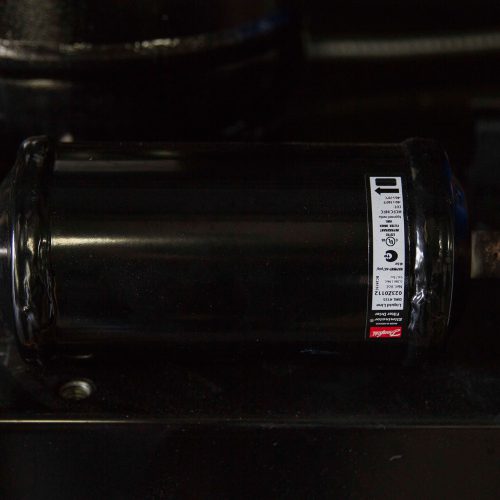

Although automatic ball valves are fitted in the mounts to limit the release of steam and scalding water, these can fail through accumulation of limescale. Familiarity with this disquieting occurrence was considered so important that a glass would often be smashed deliberately while a trainee driver was on the footplate, to give him practice in fitting a new tube. Drivers are expected to carry two or three glass tubes, pre-cut to the required length, together with hemp or rubber seals, to replace the tubes on the road. The gauge glass on a boiler needs to be inspected periodically and replaced if it is seen to have worn thin in the vicinity of the gland nuts, but a failure in service can still occur. While not strictly required, this procedure is designed to allow an operator to safely verify that all parts of the sight glass are operating correctly and have free flowing connections to the boiler necessary for proper operation. The National Board of Boiler and Pressure Vessel Inspectors recommends a daily testing procedure described by the American National Standards Institute, chapter 2 part I-204.3 water level gauge. To check that the device is offering a correct reading and the connecting pipes to the boiler are not blocked by scale, the water level needs to be “bobbed” by quickly opening the taps in turn and allowing a brief spurt of water through the drain cock. It is important to keep the water at the specified level, otherwise the top of the firebox will be exposed, creating an overheat hazard and causing damage and possibly catastrophic failure. In some locomotives where the boiler is operated at very high pressures, the tube itself would be made of metal-reinforced toughened glass. This usually has a patterned backplate to make the magnifying effect of the water in the tube more obvious and so allow for easier reading. The transparent tube (the “glass” itself) may be mostly enclosed within a metal or toughened glass shroud to prevent it from being damaged through scratching or impact and offering protection to the operators in the case of breakage. In the case of a boiler, the pressure of the water below and the steam above is equal, so any change in the water level will be seen in the gauge. If the liquid is hazardous or under pressure, more sophisticated arrangements must be made. Today, however, sophisticated float switches have replaced sight glasses in many such applications. The level of liquid in the sight glass will be the same as the level of liquid in the tank. Simple sight glasses may be just a plastic or glass tube connected to the bottom of the tank at one end and the top of the tank at the other.


 0 kommentar(er)
0 kommentar(er)
